Table of Contents
Science Project Ideas: Are you a class 6 student looking for exciting science project ideas? Science projects not only make learning fun but also help you understand scientific concepts better. In this blog, we’ve compiled a list of the top 10 science project for Class 6 Students. These projects are easy to do and will surely impress your classmates and teachers alike! Let us get started.
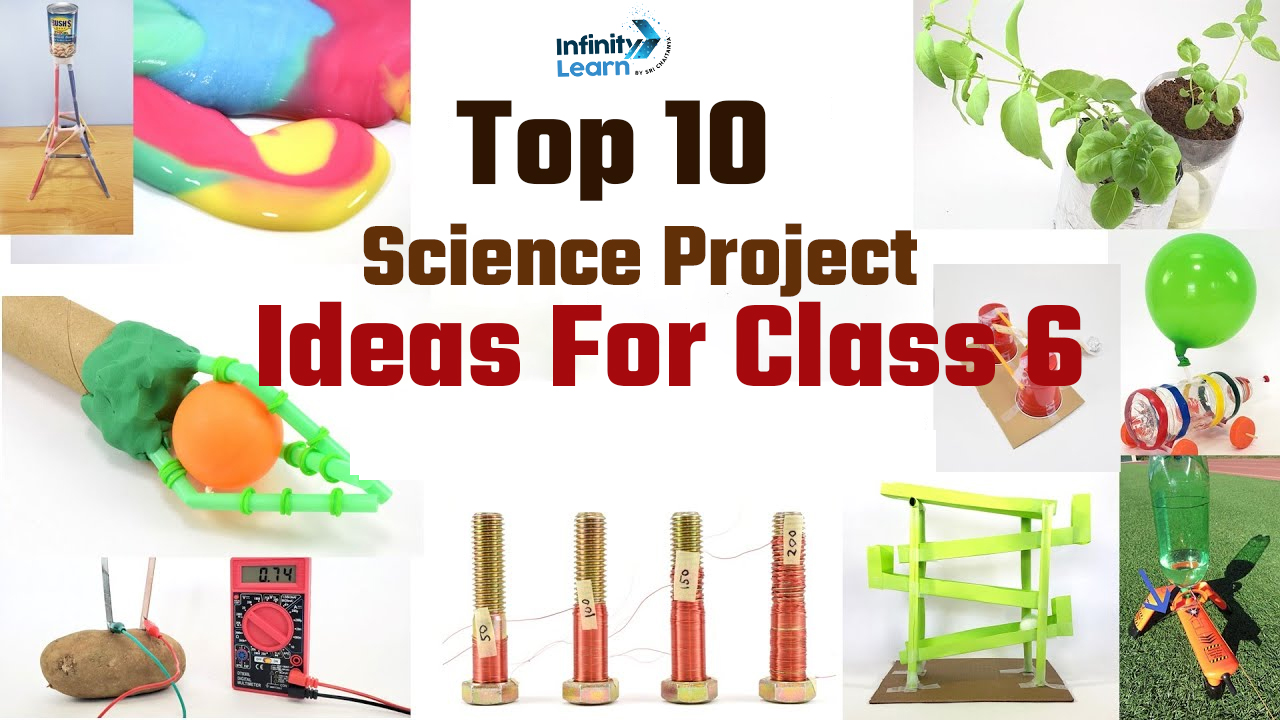
Top 10 Science Project Ideas For Class 6
1. Homemade Volcano

Materials Required:
- Baking soda
- Vinegar
- Clay or playdough
- Red food coloring (optional)
- Dish soap (optional)
Steps to Perform:
- Build a volcano shape using clay or playdough on a tray or disposable surface.
- Create a crater at the top of the volcano.
- Mix baking soda, vinegar, and a few drops of red food coloring (optional) in a container.
- Pour the mixture into the crater.
- Watch as the volcano erupts! The baking soda and vinegar react to produce carbon dioxide gas, causing the eruption.
2. Solar System Model
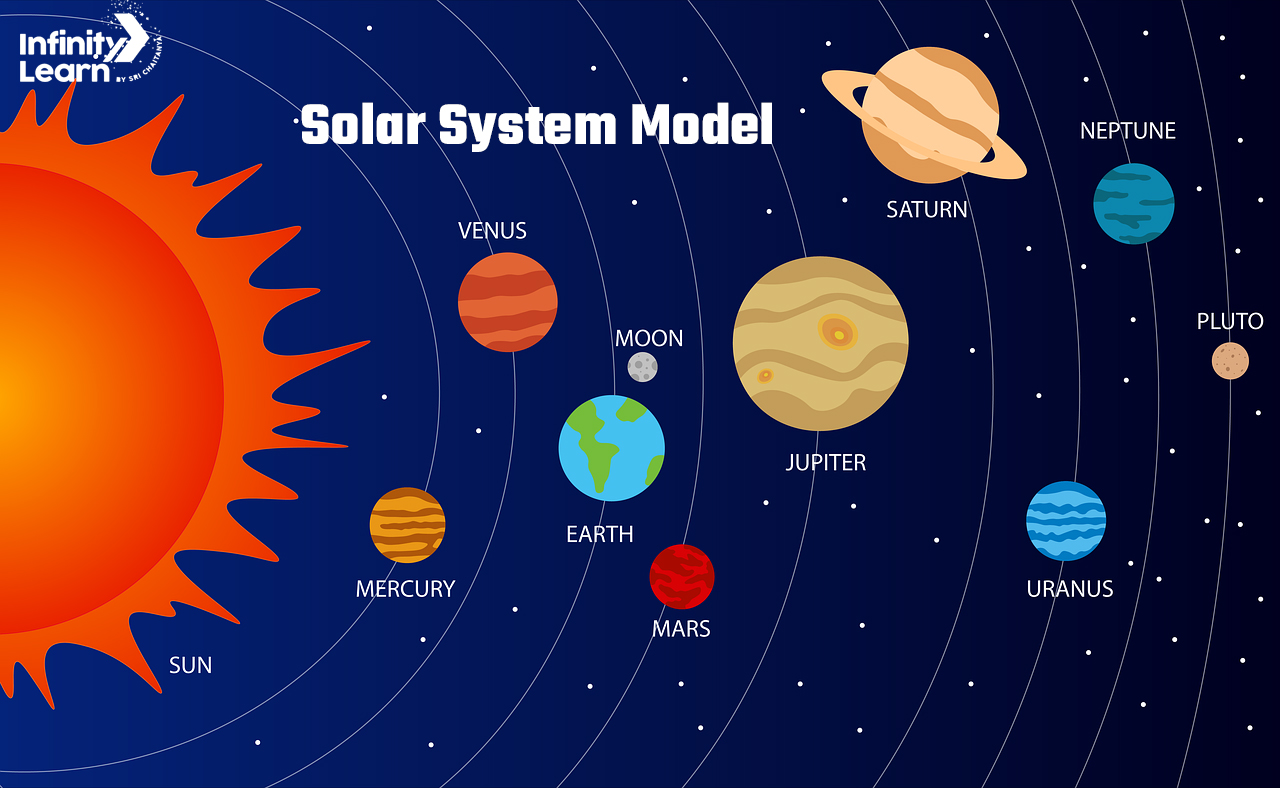
Materials Required:
- Styrofoam balls (various sizes)
- Paint
- Paintbrushes
- Wire
- Cardboard or foam board (optional)
Steps to Perform:
- Paint the styrofoam balls to represent the planets.
- Use wire to attach the planets to a central “sun” (larger styrofoam ball).
- Arrange the planets in their correct order and distances from the sun.
- Optionally, mount the model on cardboard or foam board and label each planet.
3. Rain Gauge
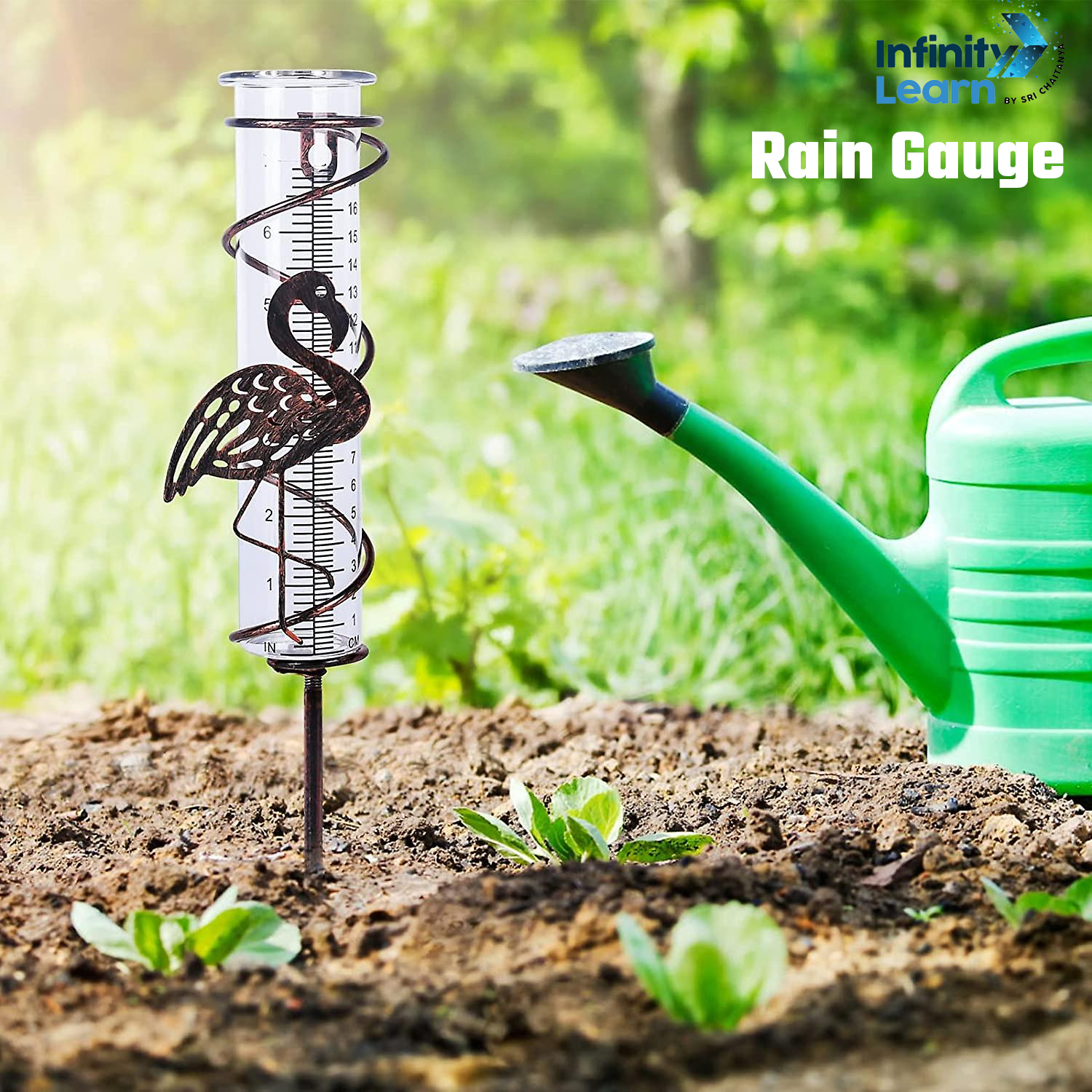
Materials Required:
- Plastic bottle
- Scissors
- Ruler
- Permanent marker
- Funnel (optional)
Steps to Perform:
- Cut the top off the plastic bottle to create a wide opening.
- Use the ruler to mark measurement lines on the side of the bottle.
- Place the bottle in an open area outside.
- When it rains, use the ruler to measure the amount of water collected in the bottle.

4. Seed Germination Experiment
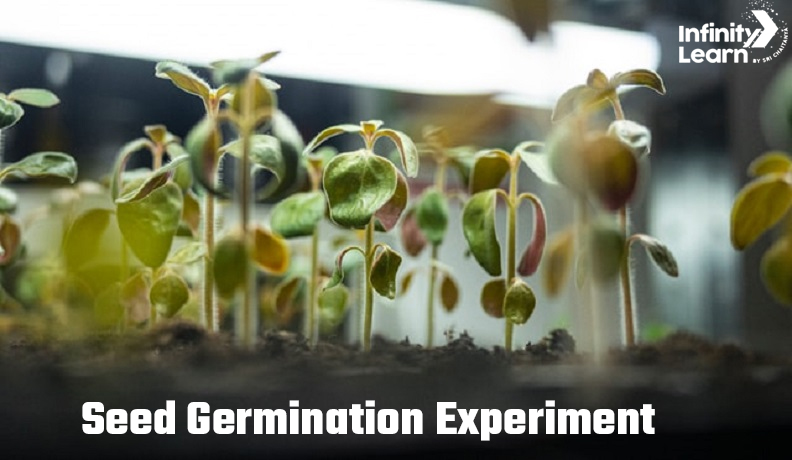
Materials Required:
- Seeds (e.g., beans, peas)
- Soil
- Small pots or cups
- Water
- Light source
Steps to Perform:
- Plant seeds in pots filled with soil.
- Place the pots in different conditions (e.g., sunlight, darkness, varying temperatures).
- Water the seeds regularly and observe their growth over time.
- Record your observations and compare the growth rates in different conditions.
5. Static Electricity Butterfly
Materials Required:
- Tissue paper
- Balloon
- Thread or string
- Scissors
Steps to Perform:
- Cut out butterfly shapes from tissue paper.
- Inflate the balloon and tie it with a thread or string.
- Rub the balloon against your hair or a woolen cloth to create static electricity.
- Bring the charged balloon close to the tissue paper butterfly, and watch it stick to the balloon due to static attraction.
- Experiment with different butterfly shapes and sizes to see how they react to the static charge.
6. DIY Electromagnet
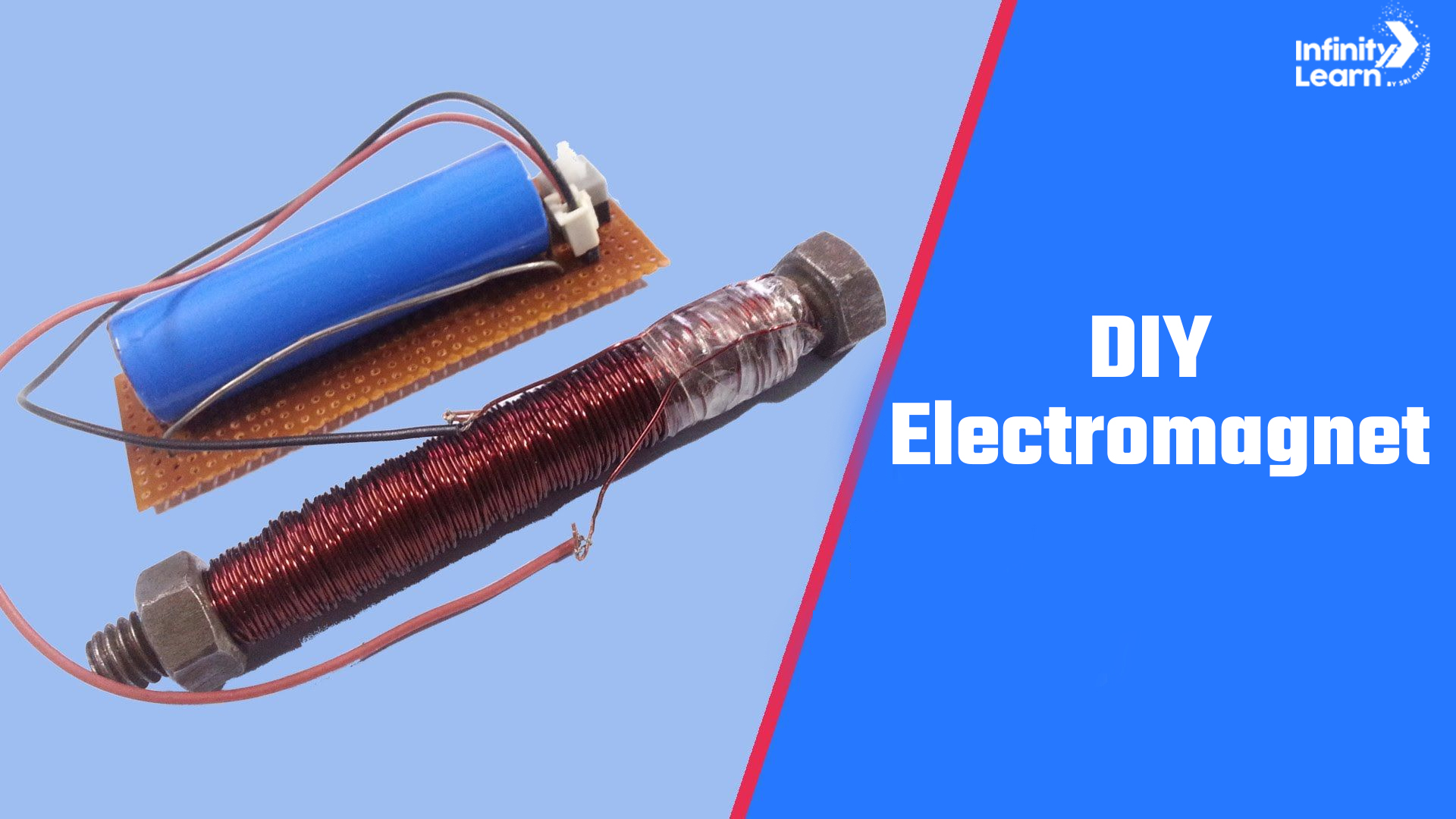
Materials Required:
- Iron nail or bolt
- Copper wire
- Battery (AA or AAA)
- Insulating tape
Steps to Perform:
- Wrap the copper wire tightly around the iron nail or bolt, leaving two loose ends.
- Strip the ends of the wire to expose the metal.
- Connect one end of the wire to the positive terminal of the battery and the other end to the negative terminal.
- Use insulating tape to secure the connections.
- When the circuit is complete, the iron nail becomes magnetized and can attract small metal objects like paper clips.
7. Lemon Battery
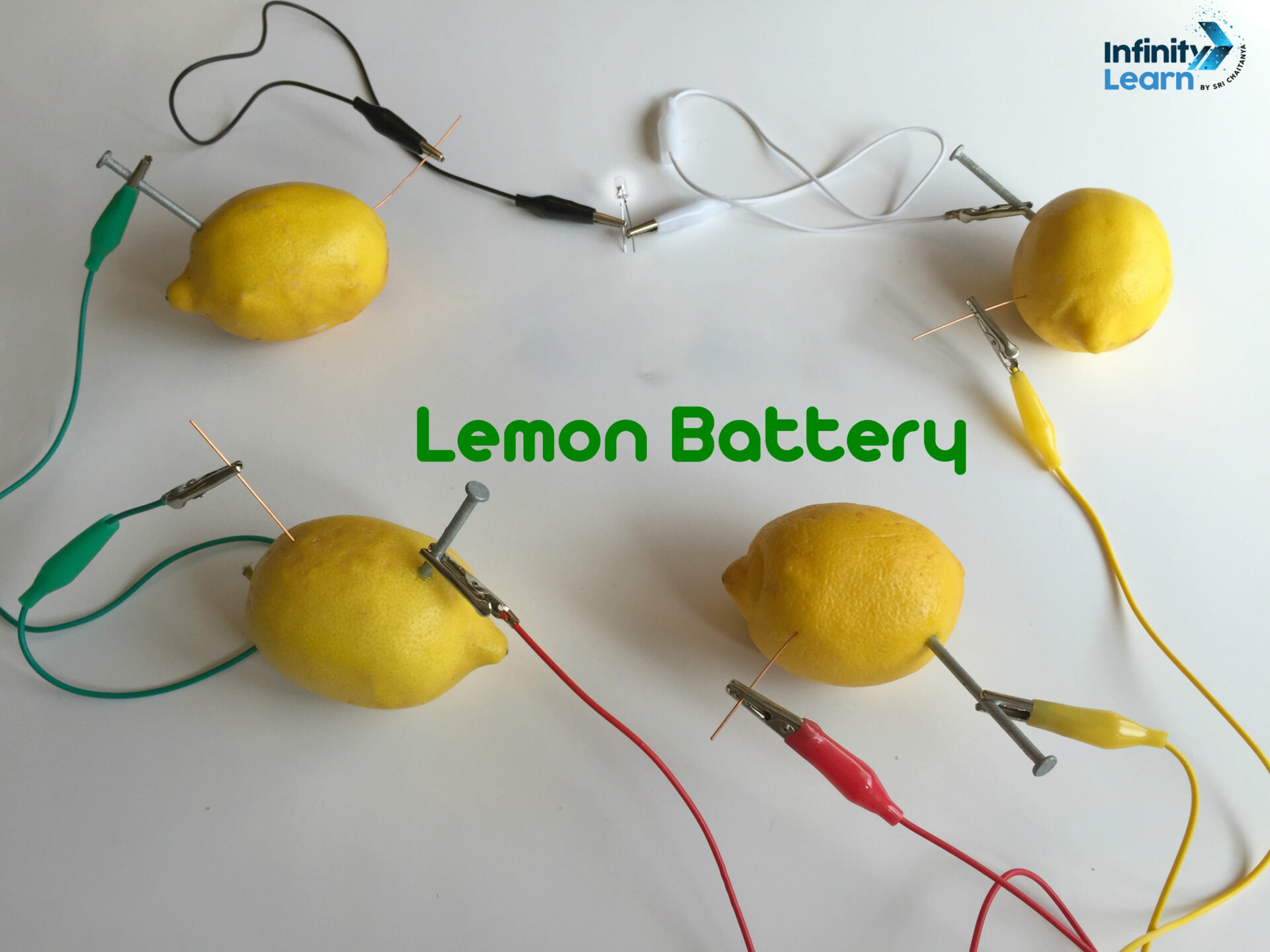
Materials Required:
- Lemons
- Copper and zinc nails
- Wire
- LED light or buzzer
Steps to Perform:
- Insert a copper nail and a zinc nail into opposite ends of a lemon.
- Connect the copper nail to the positive terminal of an LED light or buzzer using a wire.
- Connect the zinc nail to the negative terminal of the LED light or buzzer using another wire.
- When the circuit is complete, the lemon acts as a battery, generating enough electricity to power the LED light or buzzer.
8. Density Tower
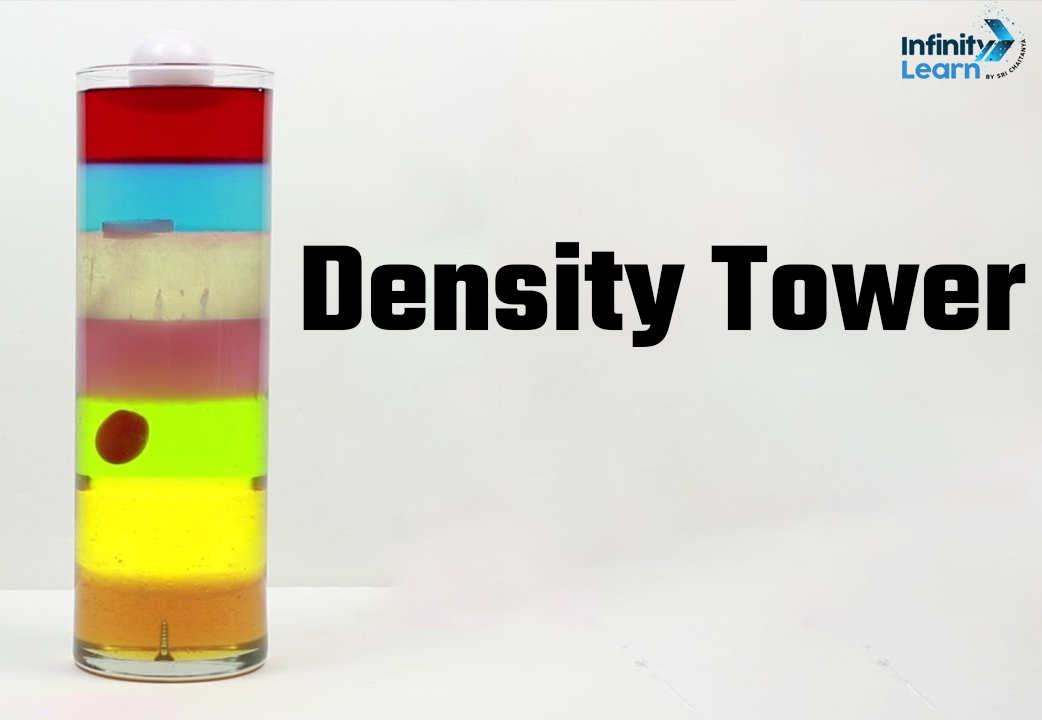
Materials Required:
- Clear container (e.g., glass or plastic)
- Liquids of different densities (e.g., water, oil, syrup)
Steps to Perform:
- Fill the clear container with the densest liquid (e.g., syrup) at the bottom.
- Carefully pour the next densest liquid (e.g., water) on top of the first layer.
- Repeat the process with liquids of decreasing density, ensuring each layer floats on top of the previous one.
- Observe the distinct layers formed due to the differences in density.
9. Egg Drop Experiment

Materials Required:
- Raw egg
- Various materials for padding (e.g., cotton balls, bubble wrap, cardboard)
- Tape
- Container for dropping (e.g., shoebox)
Steps to Perform:
- Select different materials for padding and wrap them around the egg to create protective layers.
- Secure the padding with tape to ensure it stays in place.
- Place the padded egg inside a container (e.g., shoebox) from which it will be dropped.
- Drop the container from a height (e.g., balcony, staircase) and observe whether the egg remains intact.
10. Paper Airplane Science
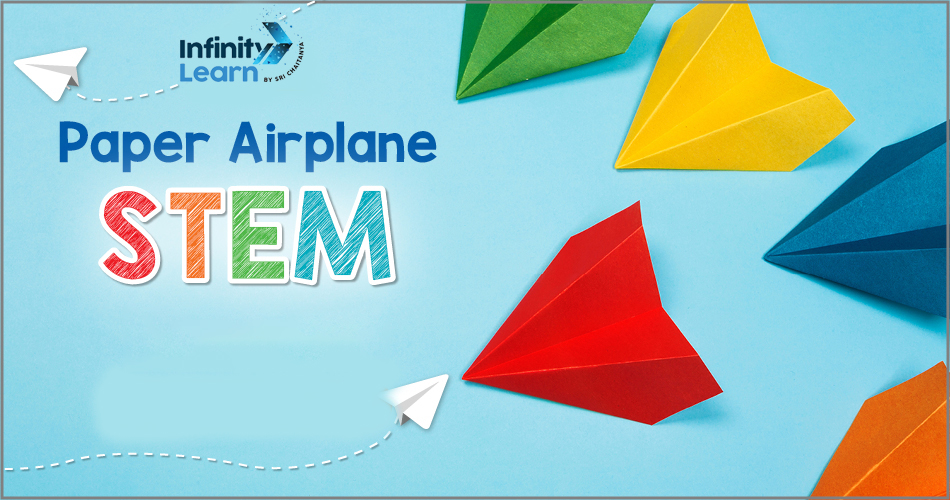
Materials Required:
- Paper (e.g., printer paper)
- Scissors (optional)
Steps to Perform:
- Fold a piece of paper into a paper airplane following different designs (e.g., dart, glider, classic).
- Test each design by launching the paper airplane and observing its flight path.
- Measure the distance traveled and the duration of flight for each design.
- Adjust the folds and shapes of the paper airplanes to optimize their performance.
Conclusion
These top 10 science project for class 6 students are not only educational but also lots of fun to do! Whether you’re interested in chemistry, physics, biology, or engineering, there’s a project here for everyone. So roll up your sleeves, gather your materials, and get ready to embark on an exciting scientific journey!
FAQs on Science Project Ideas For Class 6
What is the best science project for Grade 6?
A great science project for Grade 6 is building a simple volcano model. It's interactive, educational, and demonstrates chemical reactions in an exciting way.
How to make a science project?
To make a science project, start by choosing a topic you're interested in. Gather materials, develop a hypothesis, conduct experiments, and record your findings. Finally, present your results.
What are the 4 types of science projects?
The four types of science projects are experimental, demonstration, research, and engineering projects. Each type focuses on different aspects of scientific inquiry and problem-solving.
How do I get project ideas?
To get project ideas, think about subjects in science that fascinate you, problems you want to solve, or check science education websites for inspiration. Libraries and science teachers can also be great resources.
What is the most famous science experiment?
One of the most famous science experiments is Isaac Newton’s prism experiment, where he demonstrated that white light is made up of different colors, which was fundamental in understanding light and color.









